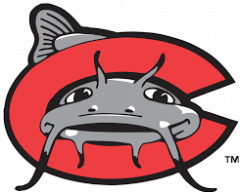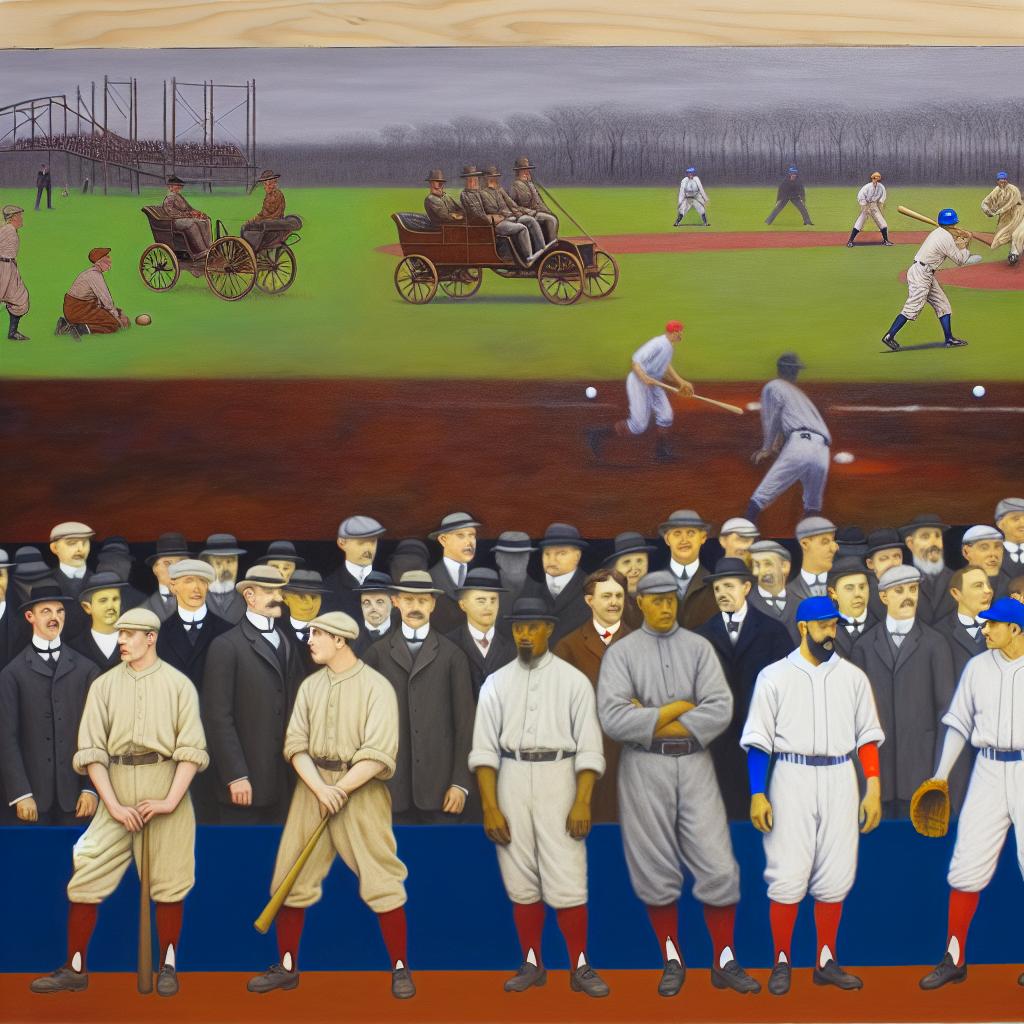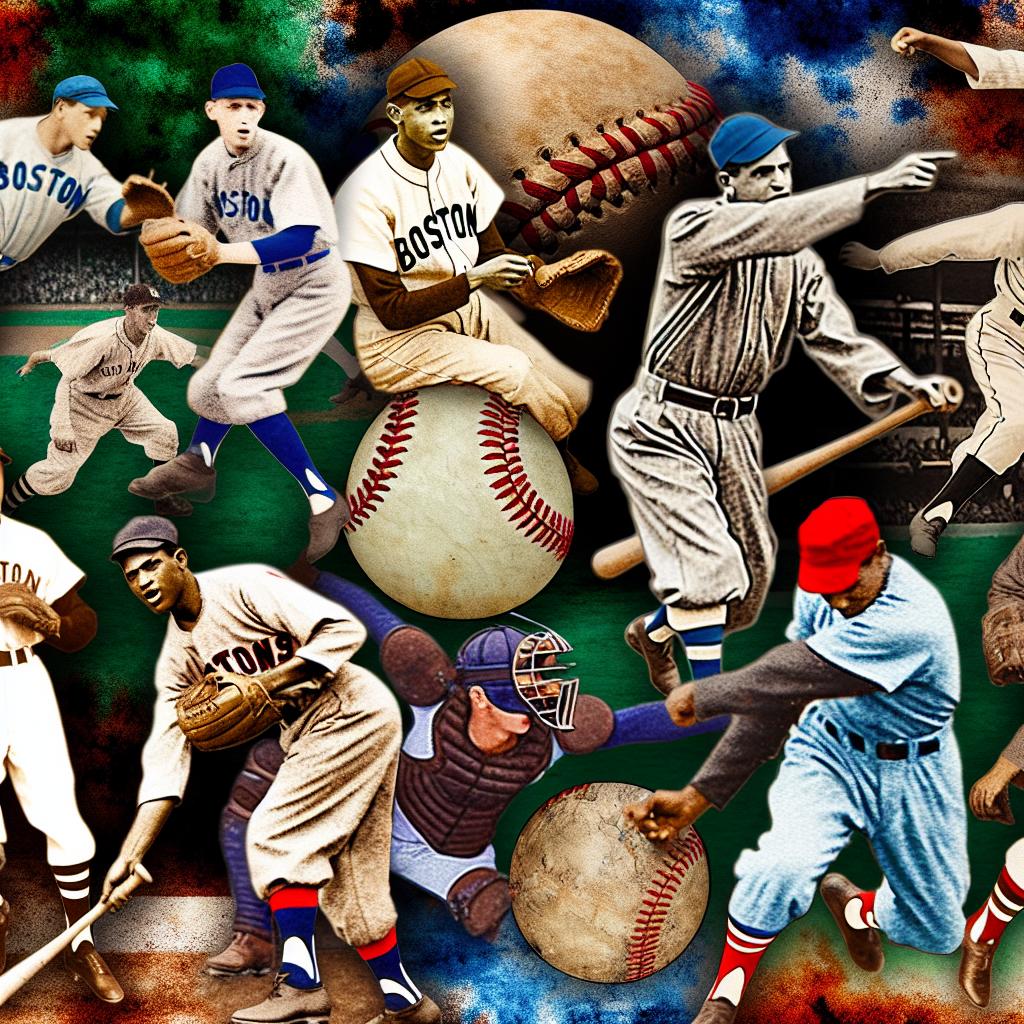The Origin and Implementation of the Designated Hitter Rule
The Designated Hitter (DH) Rule was first introduced in Major League Baseball (MLB) in 1973. This rule allows teams to have one player, the designated hitter, bat in place of the pitcher without requiring the pitcher to take a turn at bat. Initially adopted by the American League (AL), it was conceived to address issues with declining offensive performance and to increase fan interest by boosting scoring opportunities.
Evolution and Adoption
Before the adoption of the DH rule, pitchers were expected to bat like all the other players on the team. However, it was widely observed that pitchers, as a group, generally delivered lower batting averages compared to their teammates. This often resulted in decreased offensive flow and diminished excitement during games. The DH rule was conceived as a solution to these issues by replacing the pitcher’s weaker batting performance with that of a stronger, more capable batter.
The introduction of the DH rule marked a significant divergence between the AL and the National League (NL). The NL continued to allow pitchers to bat even as the AL embraced the change. This distinction between the two leagues persisted until the rule was adopted league-wide in the 2020 season. The alignment across leagues created uniformity, enhancing the competitive balance of MLB and allowing teams to deploy similar strategies during interleague games and postseason playoffs.
Statistical Impact on Game Play
The adoption of the designated hitter in MLB resulted in a notable impact on game statistics. Historically, games played in the AL witnessed an increase in offensive metrics such as runs scored, batting averages, and home runs. This trend was attributed to the inclusion of a specialized hitter in the lineup. With the pitcher no longer required to bat, teams could maintain a roster spot dedicated to a player whose responsibilities were focused solely on offensive production.
Data spanning decades of AL play illustrated that DHs undoubtedly brought more offense to the game. Teams gained the advantage of strategically deploying seasoned hitters who might not possess the defensive skills required for day-to-day fielding but offered substantial value through their batting expertise.
Pitching Strategy and Team Management
The introduction of the DH rule also prompted a shift in pitching strategies. With pitchers relieved of their batting duties, they were able to concentrate exclusively on their defensive skills. Managers in the AL adapted to a new style of play that did not require considering pitchers’ positions within the batting order, granting them the ability to manage pitching rotations with greater flexibility. This strategic evolution called for new approaches to player management, with a focus on maximizing offensive power while minimizing defensive liabilities.
Cultural and Traditional Consequences
The implementation of the DH rule has sparked ongoing debates among baseball purists and modernists. Proponents of the rule argue that it enhances the game by increasing offensive action and overall excitement. Critics, on the other hand, contend that it detracts from the traditional values of the sport, which emphasize the importance of all players, including pitchers, participating in every aspect of the game, including hitting.
While the introduction and continued use of the DH rule represent a significant evolution within Major League Baseball, the debate around its merits and drawbacks highlights a broader conversation about tradition versus innovation in sports. The rule has undeniably altered the landscape of baseball strategy and gameplay, fostering new methodologies in team composition and management. It has also instigated a reevaluation of how different aspects of athletic performance contribute to the dynamism and excitement of America’s pastime.
Beyond the field, the designated hitter rule continues to influence baseball culture and fan engagement. Many fans from the AL have become accustomed to the style of play that the DH rule encourages—one that often results in higher-scoring games and more power-hitting displays. Meanwhile, followers of the NL, prior to the univeral implementation of the DH rule in 2020, cherished the strategic nuances related to pitchers batting, which they believe added a different layer of excitement and strategy to the game.
The inclusion of the designated hitter has also opened opportunities for players nearing the end of their careers or dealing with defensive limitations due to injury. Such players can extend their careers by embracing the role of the DH, contributing offensively even if they cannot do so defensively. It provides a platform for utilizing experienced and talented hitters who may not otherwise have consistent opportunities to contribute to their teams in traditional positions.
Additionally, the evolution of the DH rule stands as an example of how sports leagues must continuously innovate and adapt to meet modern preferences and maintain engagement. As fan demographics and expectations evolve, leagues must consider and integrate new ideas and rules that align with these shifts. The decision to adopt the DH rule league-wide after years of divisive experimentation highlights the MLB’s willingness to embrace changes that can lead to a more compelling and unified experience for players and fans alike.
For those interested in exploring further details about the evolution of baseball rules and their impacts on the league, in-depth discussions can be found on the MLB’s official website. This resource presents regulations and analyses of their implications, offering a comprehensive perspective on the sport’s ongoing development.





